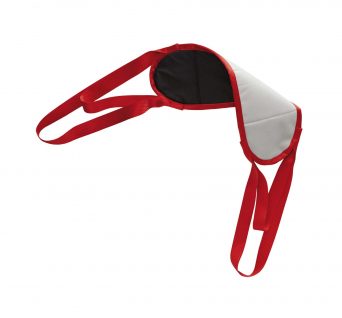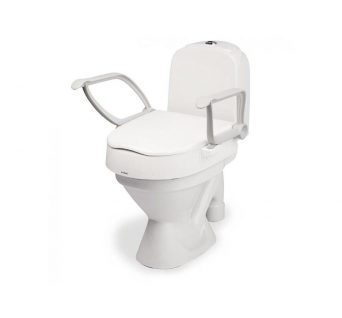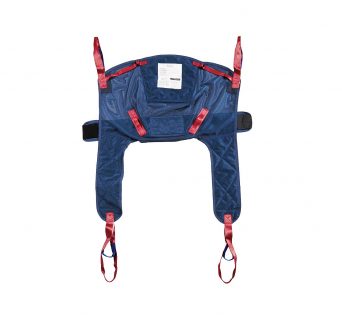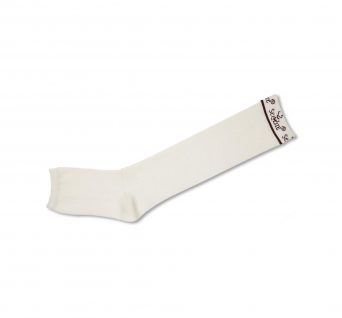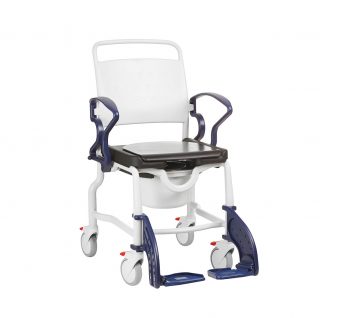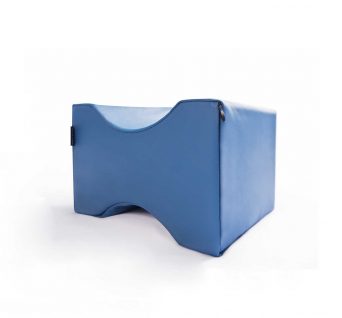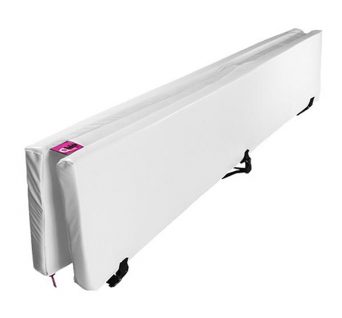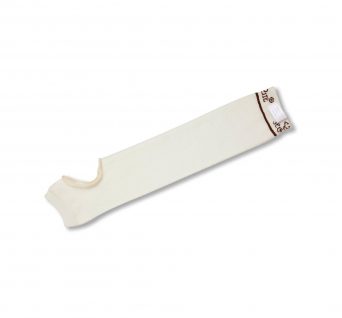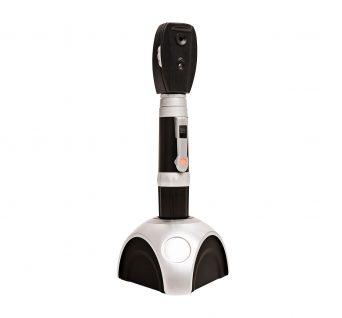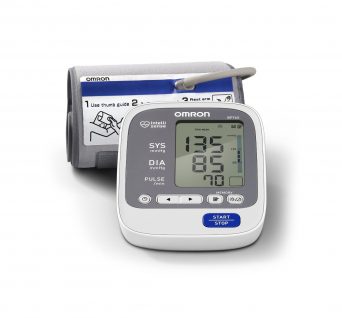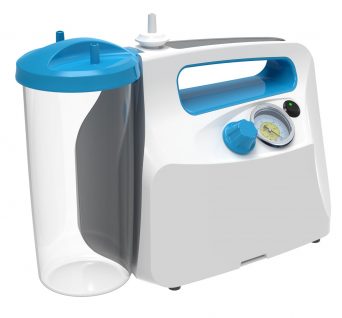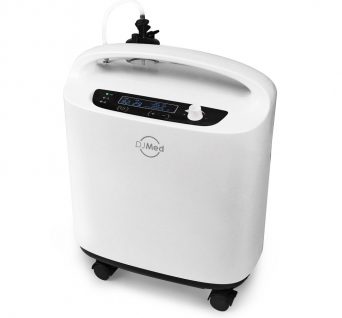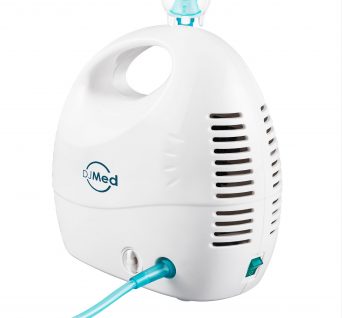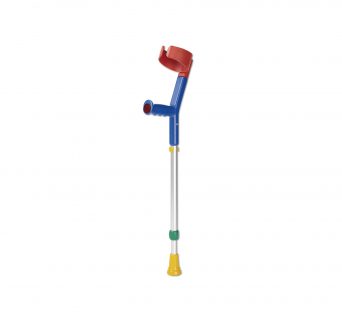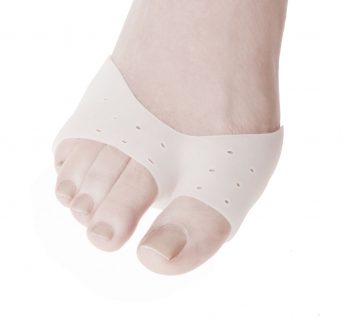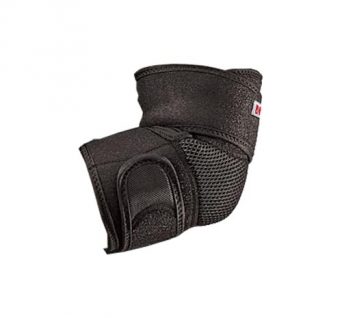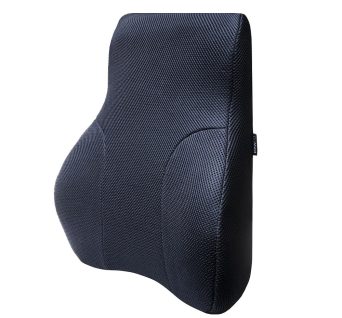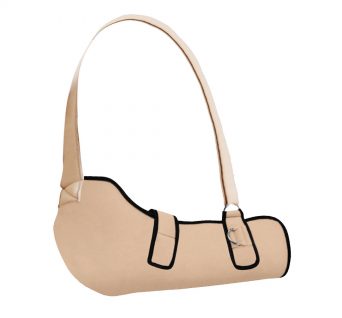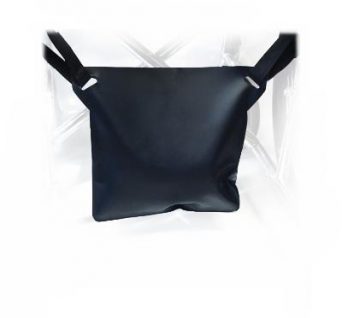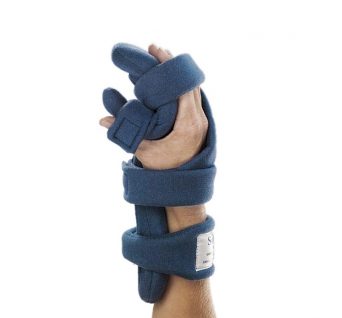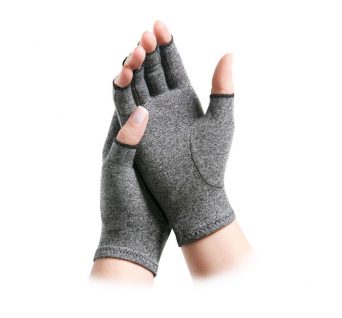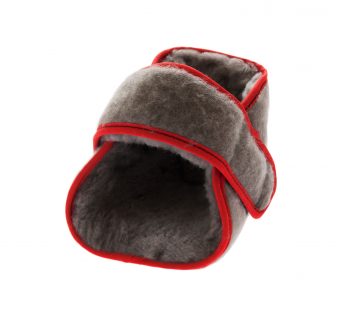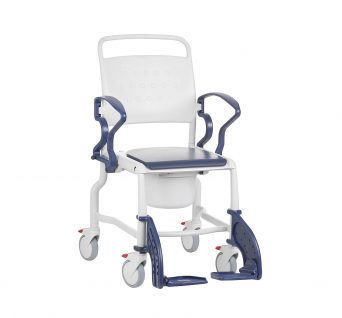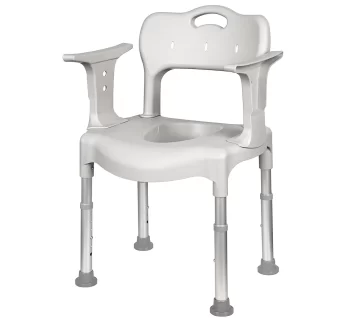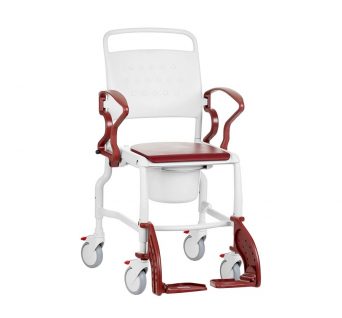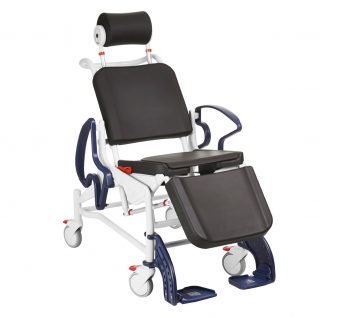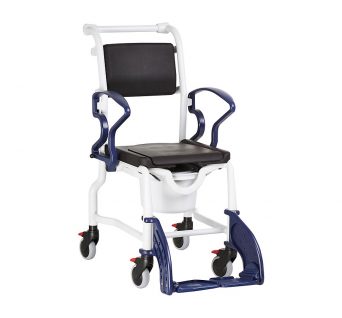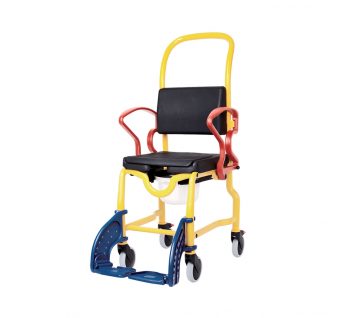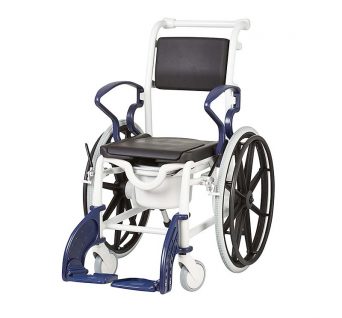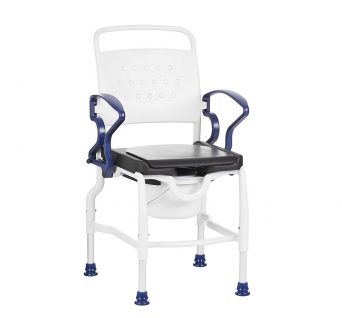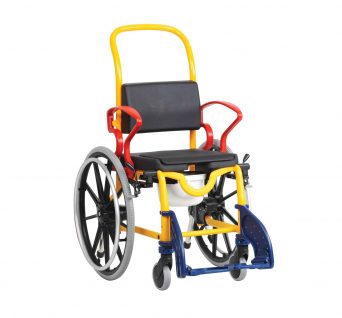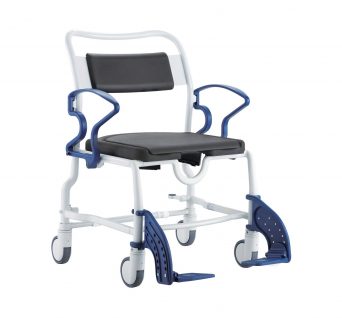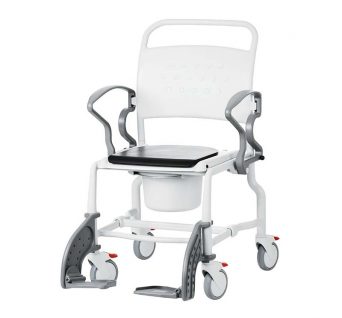No products in the cart.
Commodes
Showing all 16 results
- Commodes
Rebotec Bonn – Commode Chair
Quality, mobile shower commode chair.
Rebotec Bonn’s new commode chair is a revolution in hygienic patient support. It provides complete ease of use and maneuverability.
Innovative German design and manufacturing make it the perfect solution for showering, transferring, toilet sitting, or side-lying care. With the easy transfer feature, adjustable height, and robust design, this chair caters to every patient’s need while recovering.
SKU: n/a - Commodes, Over Toilet Aids
3-in-1 Commode Shower Chair
Commode Chair is comfortable and discreet in the bedroom or bathroom. Hight adjustable, with pail and dignity seat cover.
Order now for a FREE delivery!
The 3 in 1 DJMed commode can be used as a shower chair, bedside commode or freestanding over-toilet frame. Chair feet firmly grip surfaces to offer unyielding stability An integrated, self-locking lid promotes personal and environmental hygiene.
Easy to clean with a damp cloth, this commode chair blends into any décor. Increase mobility and preserve dignity with this adjustable, comfortable commode chair.
SKU: 40206 - Commodes
Rebotec Lyon – Height Adjustable Commode Chair
Attractive, durable toilet frame. Bedside commode chair. Made in Germany.
The Rebotec Lyon Chair is a sleek, modern toilet frame that can be used in the shower or over a toilet. It has a height-adjustable ergonomic aluminum frame, and thick handles and sits securely on the ground to deter falls.
Ideal for post-operative recovery and assisted living care, it provides the user with safety and security features.
- Convenient
- Sturdy and stable
- Lightweight
- Versatile
SKU: 362.00.30 - Commodes, Wheelchairs
Rebotec Genf – Self Propelled Shower Commode Wheelchair
Self-propelled, convenience, personal hygiene and mobility.
The self propelled shower commode is a versatile product used for both showering and toileting. Reduce chair users dependency on carer time. Doubles as an excellent wheelchair. (Self propelled wheels, soft seat with full cover)
Rebotec Genf 24″ wheel, self propelled shower commode wheelchair is designed for easy independent manoeuvrability with well positioned brake handles, height adjustable, swinging & detachable foot rests.
SKU: n/a - Commodes
Rebotec Phoenix – Tilt in Place Comfort Shower Commode Chair
Phoenix is uniquely a comfortable tilt in space commode equipped with all soft PU cushioning.
Adjustable headrest, tilting adjustment, swinging down armrest, 4 braked 125mm swivelling castors and 150kg capacity. Made in Germany.
Improve your residents comfort, carers lower back safety and raise your facility desirability and standard of care.
SKU: n/a - Commodes
Rebotec Venedig – Self Propelled Shower Commode For Small Adults
Self propelled shower commode chair with narrower 42cm wide seat.
Narrower self propelled commode chair for smaller adults and teens. with narrower commode aperture and softer backrest then regular self propelled chairs.
SKU: 380.54.10 - Commodes
Rebotec Phoenix Multi – Tilt-in-Place and Electric Lift Commode Shower Chair
Lift and tilt, power commode chair. Improve dignity and care staff health and safety. Made in Germany.
- Swing open armrests for easy side transfer
- Cushioned seat, leg and backrest with hygiene opening
- Tilt 90-130 degrees supine for wash and hoist transfer position
- Lift to eye level, prevent back injury, improve dignity
- 150 kg certified capacity, multi award winning design
SKU: n/a - Commodes
Rebotec Boston – Wide Commode Chair
Mobile commode chair for 150 kg capacity, 52 cm seat width.
A wider commode chair designed for care facility use as well as being perfect for home-care. Rebotec Boston is suitable for use as a bedside commode as well as over a toilet commode and in the shower.
SKU: 342.
Shower Commode Chairs
A shower and toilet commode, also known as a shower commode chair or a shower chair with a commode, is a versatile piece of equipment designed to provide individuals with mobility challenges or disabilities with greater independence and convenience in the bathroom. It serves several important functions:
Shower Access: A shower and toilet commode is designed to be used in the shower or bathroom. It allows individuals who have difficulty standing or transferring from a wheelchair to sit comfortably while bathing. This ensures that they can maintain good hygiene and cleanliness without the need for excessive assistance.
Toilet Use: The commode feature of the chair allows individuals to use it as a portable toilet. This is especially useful for individuals who have difficulty walking to the bathroom or transferring onto a traditional toilet seat.
Transfers and Mobility: Shower and toilet commodes typically have wheels, making it easier to move the chair between rooms or to position it over the toilet or shower area. The wheels are often lockable to ensure stability during transfers.
Safety and Stability: These commodes are designed with sturdy frames, armrests, and often with a backrest. These features provide support and stability to the user while sitting, transferring, or standing.
Hygiene and Convenience: The design of a shower and toilet commode allows for easy cleaning and maintenance. They are often made of materials that are resistant to water and corrosion.
Adjustability: Many commodes offer adjustable seat heights, armrests, and footrests, allowing the user to find a comfortable and secure position for showering or toileting.
Fall Prevention: By providing a secure and stable seating option, a commode can help reduce the risk of falls and accidents in the bathroom.
Shower and toilet commodes are particularly beneficial for individuals who have limited mobility due to conditions such as paralysis, neuromuscular disorders, injuries, or advanced age. They are commonly used in home care settings, long-term care facilities, and rehabilitation centers. It's important to choose a commode that suits the individual's specific needs, taking into account factors such as weight capacity, adjustability, and the layout of the bathroom. Consulting with a healthcare professional or an occupational therapist can help ensure that you select the appropriate commode for your situation.
What is the difference between a shower commode and a commode chair?
A shower commode and a commode chair are two distinct types of mobility aids used in the bathroom, each serving different purposes. While they share some similarities, there are key differences between them:
Shower Commode: A shower commode is a specialized piece of equipment designed to provide individuals with mobility challenges the ability to shower and toilet themselves in one unit. It combines the features of a shower chair and a commode chair into a single device. Here are some features of a shower commode:
Dual Functionality: A shower commode allows individuals to use it as a chair in the shower, providing a safe and comfortable place to sit while bathing. Additionally, it has a removable bucket or container underneath the seat that functions as a commode, allowing individuals to use it for toileting.
Waterproof Design: Shower commodes are designed to withstand water exposure, as they are used in the shower. They are made from materials that resist corrosion and are easy to clean.
Wheels and Locks: Many shower commodes come with wheels that allow for easy maneuverability between the shower area and other parts of the bathroom. The wheels are often lockable to provide stability during transfers.
Adjustability: Shower commodes often offer adjustable seat heights, armrests, and footrests, allowing users to customize the chair to their comfort and needs.
Commode Chair: A commode chair, also known simply as a commode, is a portable chair with a hole or opening in the seat that can be used as a toilet. Commode chairs are typically placed near a bed or in a room where there is limited access to a traditional toilet. Here are some features of a commode chair:
Toilet Use: A commode chair is primarily designed for toileting. It can be used by individuals who have difficulty walking to the bathroom or getting onto a regular toilet seat.
Portability: Commode chairs are lightweight and portable, making them easy to move around as needed. Some models even fold for compact storage or transport.
Bucket or Pail: Commode chairs have a removable bucket or pail placed beneath the seat, which collects waste. The bucket can be removed, emptied, and cleaned after use.
Versatility: Commode chairs can be used in various settings, including bedrooms, living rooms, or wherever access to a traditional toilet is limited.
In summary, the main difference between a shower commode and a commode chair lies in their primary functions and design. A shower commode is specifically designed for use in the shower and provides dual functionality for both showering and toileting. A commode chair is primarily designed for toileting and can be placed in any room, offering a portable solution for individuals who have difficulty accessing a regular toilet. The choice between the two depends on the specific needs and preferences of the individual.
What types of commode chairs are there to choose from?
Commode chairs come in a variety of types and designs, each catering to specific needs and preferences. When choosing a commode chair, consider factors such as the user's mobility, comfort, and the intended usage. Here are some common types of commode chairs to choose from:
Bariatric Commode Chair: Bariatric commode chairs are designed to support individuals with higher weight capacities. They have a sturdy frame and a wider seat to accommodate larger users.
Shower Commode Chair: Designed for use in the shower, these chairs are water-resistant and can be wheeled into the shower area. Some models have a removable commode bucket for dual functionality.
Pediatric Commode Chair: Specifically designed for children, these chairs offer a smaller seat size and appropriate support.
Wheeled Commode Chair: Wheeled commode chairs have larger wheels that provide greater mobility, allowing the user to move around more easily. Suitable for users who want to move between rooms or need assistance with self-propulsion.
Extra Wide Commode Chair: Similar to bariatric commodes, extra-wide models offer a wider seat for increased comfort and stability.
When choosing a commode chair, consider the user's individual needs, preferences, and any mobility challenges they may have. Consulting with a healthcare professional or an occupational therapist can help you make an informed decision and select the most appropriate commode chair for the user's comfort and safety.
How to use a shower commode chair?
Using a shower commode chair involves several steps to ensure safety, comfort, and proper hygiene. Shower commode chairs are versatile devices that allow individuals with mobility challenges to perform toileting and bathing tasks in one unit. Here's a general guide on how to use a shower commode chair:
Preparation: Position the shower commode chair in the desired location, such as the shower area or over a toilet. Ensure the chair's wheels are locked to prevent movement during transfers.
Transfers: If transferring from a wheelchair or bed, position the chair's open side facing the transfer point (e.g., bed). Lower the armrest on the open side of the chair for easy lateral transfers. Assist the individual in transferring onto the chair, using proper lifting techniques if needed.
Toileting: If using the commode chair for toileting, ensure the commode bucket or pail is securely in place beneath the seat. Assist the individual to a comfortable sitting position on the chair. Provide any necessary assistance with clothing adjustments.
Bathing: If using the chair for bathing, ensure the individual is seated securely on the chair. Wheel the chair into the shower area, ensuring the wheels are locked in place.
Showering: Assist the individual with bathing using appropriate showering techniques and hygiene practices. Ensure water temperature is safe and comfortable.
Drying and Dressing: Assist the individual in drying off and getting dressed after bathing.
Toilet Transfer or Removal: If using the commode chair for toileting, assist the individual with transferring from the chair to the toilet or removing the commode bucket for emptying and cleaning.
Cleaning and Maintenance: After use, clean the commode chair thoroughly to maintain hygiene. Use appropriate cleaning solutions and materials. Empty and clean the commode bucket as needed.
Storage: If the chair is not being used regularly, store it in a dry and accessible location.
Safety Precautions: Always follow the manufacturer's guidelines for proper use and weight capacity. Use the safety features of the chair, such as brakes or locks, to prevent accidents. Ensure the individual is comfortable and secure on the chair before moving it.
Remember that each individual's needs may vary, and it's important to provide respectful assistance and maintain their privacy during these tasks. If you're providing care for someone else, ensure you have proper training and follow best practices for safe and dignified care. Additionally, if you or the individual have any specific medical conditions or mobility challenges, consult with a healthcare professional for guidance on using the shower commode chair safely and effectively.

